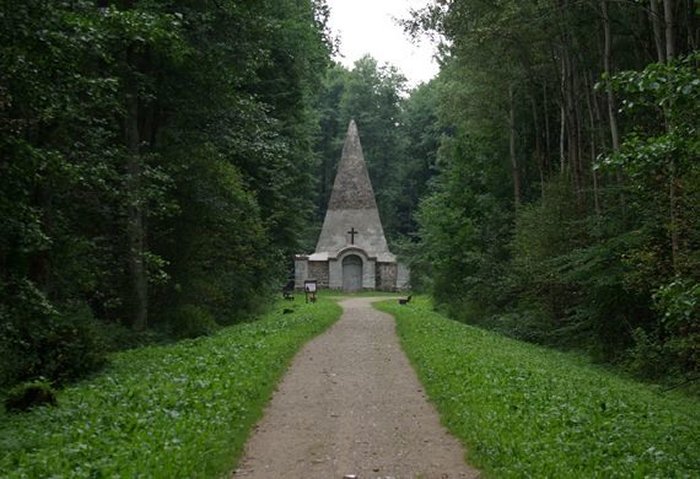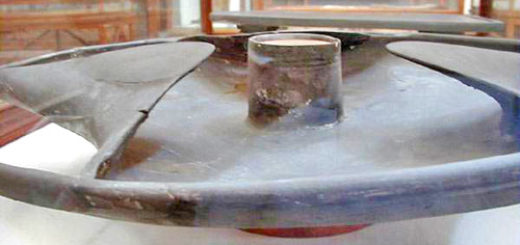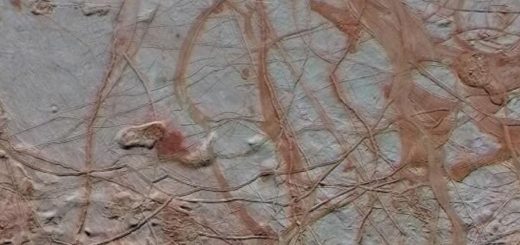Radar Reveals Anomalies In Rapa – Poland’s Most Famous Pyramid
– Two interesting anomalies have been discovered in Rapa, Poland’s most famous pyramid.
Identical to the Egyptian pyramids, but much younger, the pyramid is located in the small village of Rapa in Masuria, close to the border of Russia, near Kalingrad.

Rapa pyramid was commissioned by Baron Friedrich Wilhelm von Fahrenheit, a local landowner.
Baron Friedrich Wilhelm von Fahrenheit was an expert on ancient Egyptian culture who was fascinated by stories of
the unusual properties of Egyptian pyramids so decided to build a similar one on his land.
Built in the early 19th century, the monument has a height of 15.9 m, the square base has sides of 10.4 m and the internal angle of the walls is 51°52’, which is identical to the Egyptian pyramids.
Scientists from the University of Warsaw have now discovered two anomalies in the almost 200-year-old pyramid. Though it was previously assumed the Rapa pyramid was to house the mortal remains of the Fahrenheit family, researchers do not exclude the possibility the structure is much older and served a different purpose at the beginning.
It is possible the Rapa pyramid was originally an icehouse. Later, in 1811, the building function changed and it became a mausoleum built for the Fahrenheid family.
One of the anomalies was discovered at the entrance of the Rapa pyramid, but researchers say it is most likely related to previous renovation works of the structure.
The other anomaly is much more intriguing as it suggests there may be an unknown chamber inside the pyramid. According to the Polish scientists, the anomaly stretches all the way from the entrance to the inner wall on the opposite side of the structure.
“Perhaps there is an unknown chamber under the floor, “Marta Bura from the Institute of Archeology at the University of Warsaw said.
Both anomalies were discovered during a ground-penetrating radar (GPR) survey of the structure.



 Creators of mankind
Creators of mankind Description of “Tall white aliens”
Description of “Tall white aliens” Where they came from?
Where they came from? About hostile civilizations
About hostile civilizations The war for the Earth
The war for the Earth “Tall white aliens” about eternal life
“Tall white aliens” about eternal life Video: “Nordic aliens”
Video: “Nordic aliens” Aliens
Aliens Alien encounters
Alien encounters The aliens base
The aliens base UFO
UFO Technology UFO
Technology UFO Underground civilization
Underground civilization Ancient alien artifacts
Ancient alien artifacts Military and UFO
Military and UFO Mysteries and hypotheses
Mysteries and hypotheses Scientific facts
Scientific facts


















